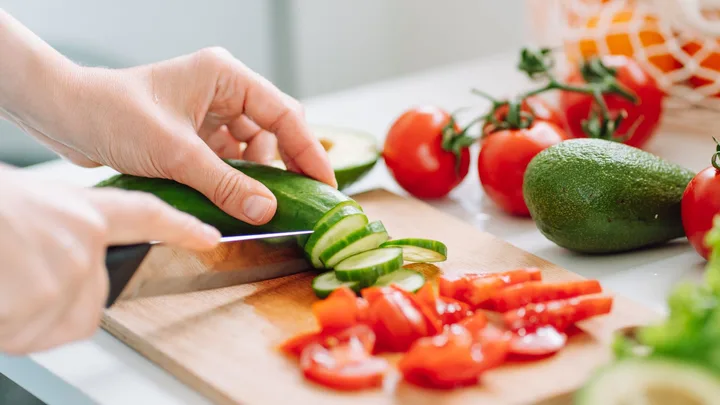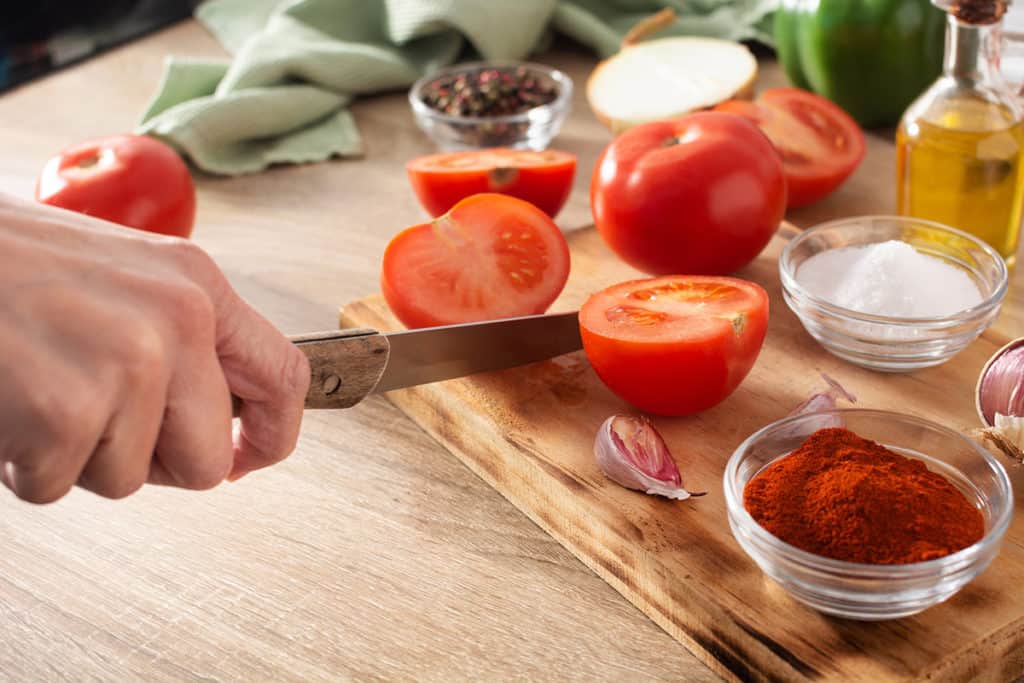Learning how to cut safely with a knife is an essential skill, whether you’re a professional chef or just starting in the kitchen. Improving your knife skills not only enhances your cooking results but also ensures your safety. Lets dive into some terrific techniques and strategies to master this essential kitchen skill.

Why Is Knife Safety Important?
Understanding the importance of knife safety can prevent injuries and help you work efficiently. When you know how to use a knife properly, you feel more confident in the kitchen, and accidents become a rare occurrence.
The Risks of Unsafe Knife Usage
- Cuts and injuries
- Damaged tools and utensils
- Reduced efficiency while cooking
If you want to avoid these risks, mastering how to cut safely with a knife is a must.
Choosing the Right Knife
The first step to safety is picking the right knife for the task. Not every knife is suitable for every job, and understanding the differences is the key to cutting safely.
Types of Knives
- Chefs Knife: Best for chopping, slicing, and dicing.
- Paring Knife: Perfect for intricate tasks like peeling and trimming.
- Serrated Knife: Ideal for cutting bread and delicate items.
Learn more about choosing knives here.
Gripping the Knife Properly
Understanding how to hold a knife is crucial. Your grip affects both safety and precision.
Proper Knife Grip Techniques
- Pinch grip: Hold the blade near the handle with your thumb and index finger for better control.
- Handle grip: Hold the handle completely for tasks requiring less precision.
Correct Cutting Techniques
Proper cutting techniques reduce the risk of injuries while improving your chopping results.
The Claw Grip
This method keeps your fingers safe while holding the food. Curl your fingertips under your knuckles and use your knuckles as a guide for the blade.
Efficient Cutting Motions
- Rocking motion: Best for chopping vegetables.
- Straight-down motion: Good for cutting harder foods.
- Sawing motion: Ideal for items like bread and tomatoes.
Maintaining Your Knife
A sharp knife is a safe knife. Keeping your knife in good condition ensures easier cutting and reduces accidents.
Steps to Maintain a Knife
- Sharpen regularly with a stone or honing rod.
- Wash and dry immediately after use.
- Store in a safe place, such as a knife block or sheath.
For more guidance, check out this detailed article.
Cutting Different Foods Safely
Different foods require slightly different methods for safe and efficient cutting. Lets explore.
Vegetables
Use a chef’s knife and the claw grip technique. Learn how to reduce risks when cutting carrots here.
Fruits
Use a smaller paring knife for precision. Always cut on a stable surface.
Meat
Ensure the meat is placed firmly on the cutting board. Use a carving knife for large cuts.
Common Mistakes to Avoid
There are common pitfalls that beginners should avoid when learning how to cut safely with a knife. These include:
- Using a dull knife.
- Not stabilizing the cutting board.
- Cutting toward your hand or body.
First Aid for Knife Cuts
Even when careful, accidents happen. Here’s what to do if you get a cut.
Immediate Steps
- Clean the wound with water.
- Apply pressure to stop bleeding.
- Cover with a bandage.
For more tips on treating minor cuts, visit this resource.
Conclusion
Mastering how to cut safely with a knife not only improves your kitchen efficiency but also keeps you injury-free. By choosing the right knife, maintaining it well, and using proper cutting techniques, you can make cooking a safer and more enjoyable activity.

FAQs
1. What is the safest way to cut vegetables?
Use a chefs knife, the claw grip technique, and a stable cutting board to prevent injuries.
2. How often should I sharpen my knife?
Knives should be sharpened every 2-3 months, depending on usage, to maintain their effectiveness.
3. Can a dull knife cause injuries?
Yes, dull knives require more pressure to cut, increasing the risk of slipping and causing injuries.
This article contains affiliate links. We may earn a commission at no extra cost to you.


